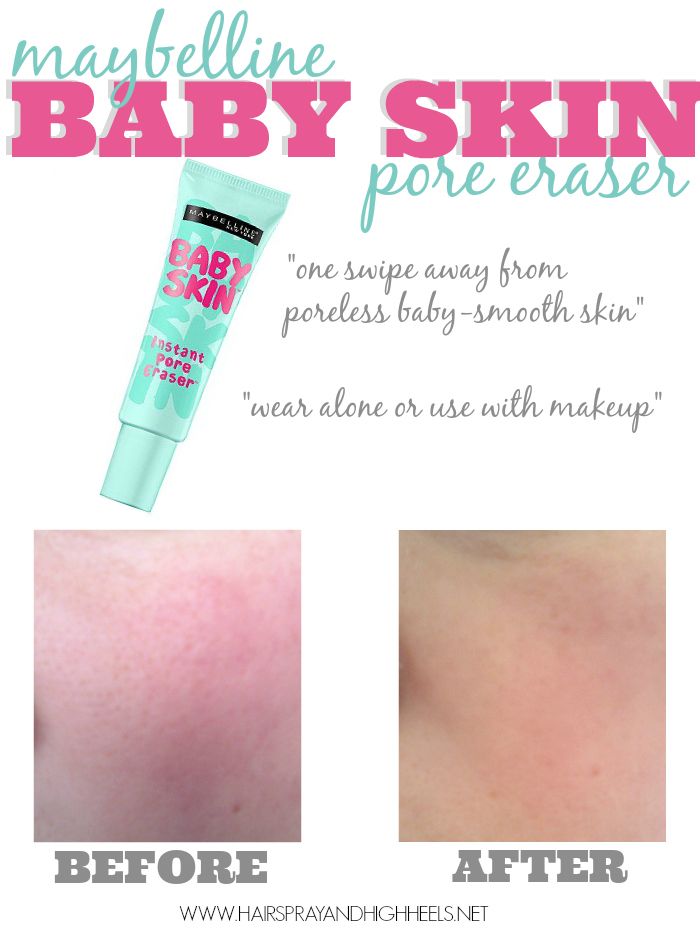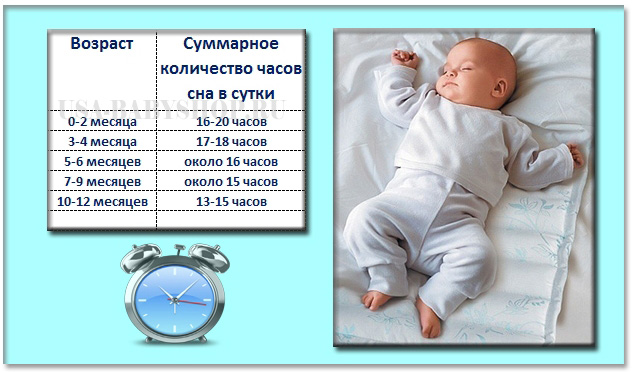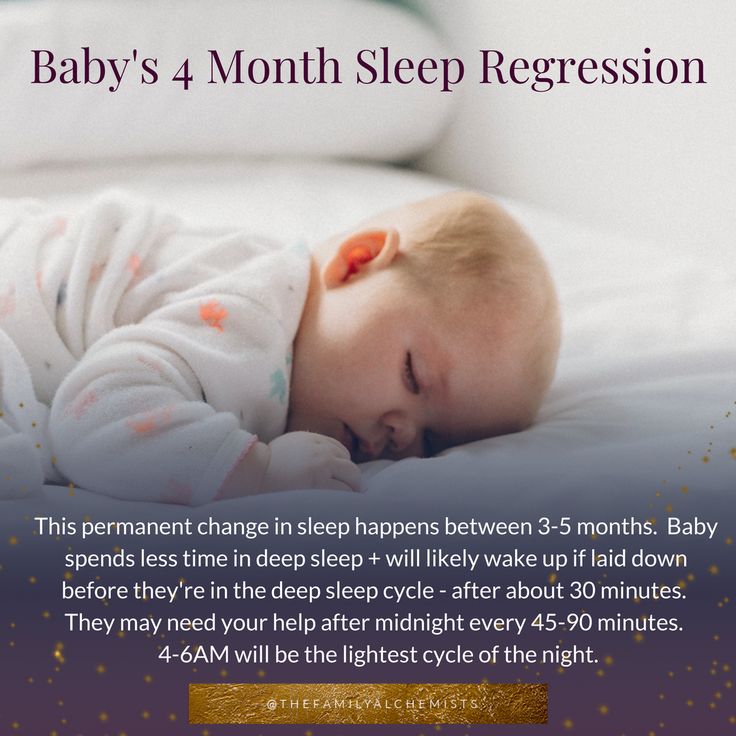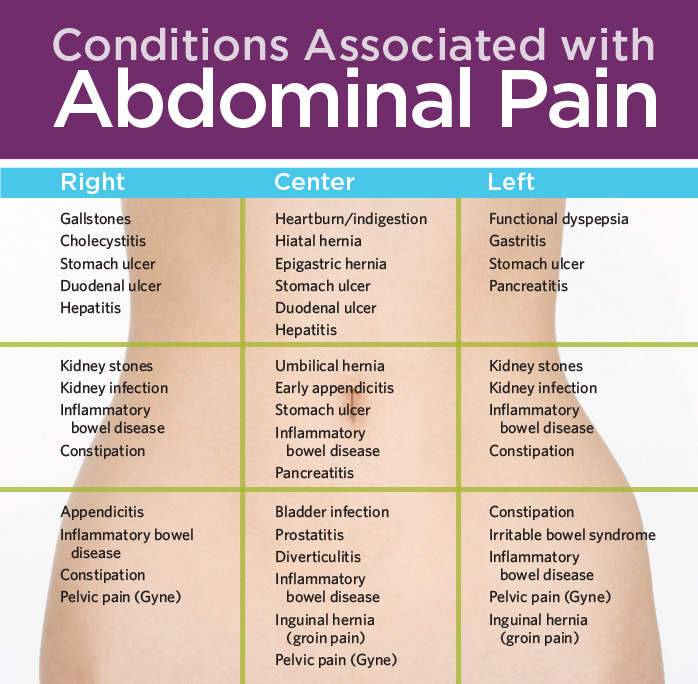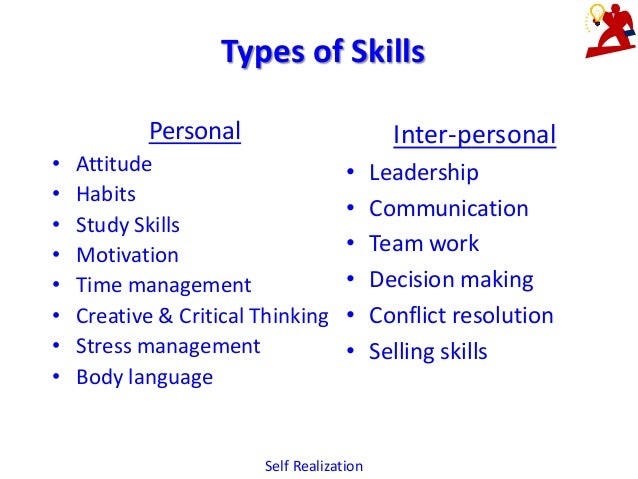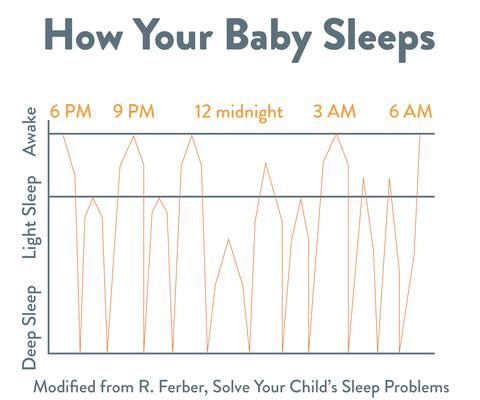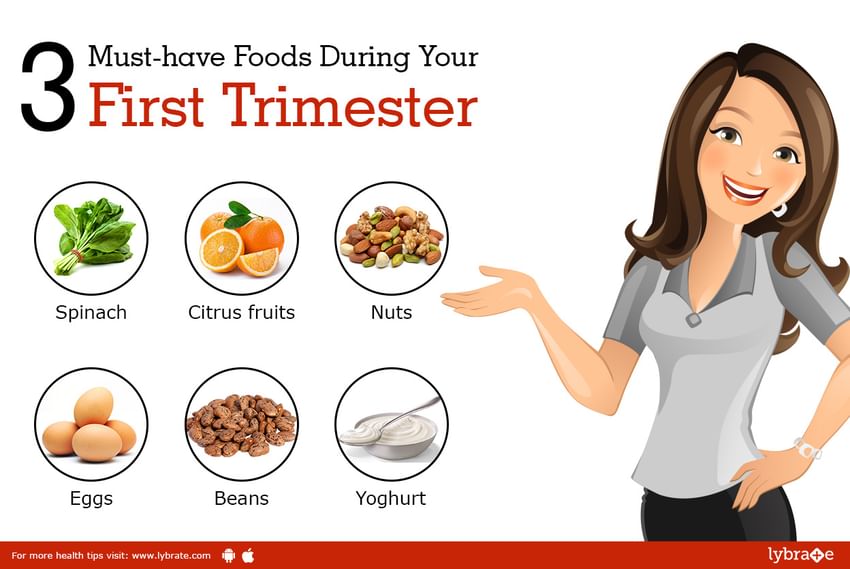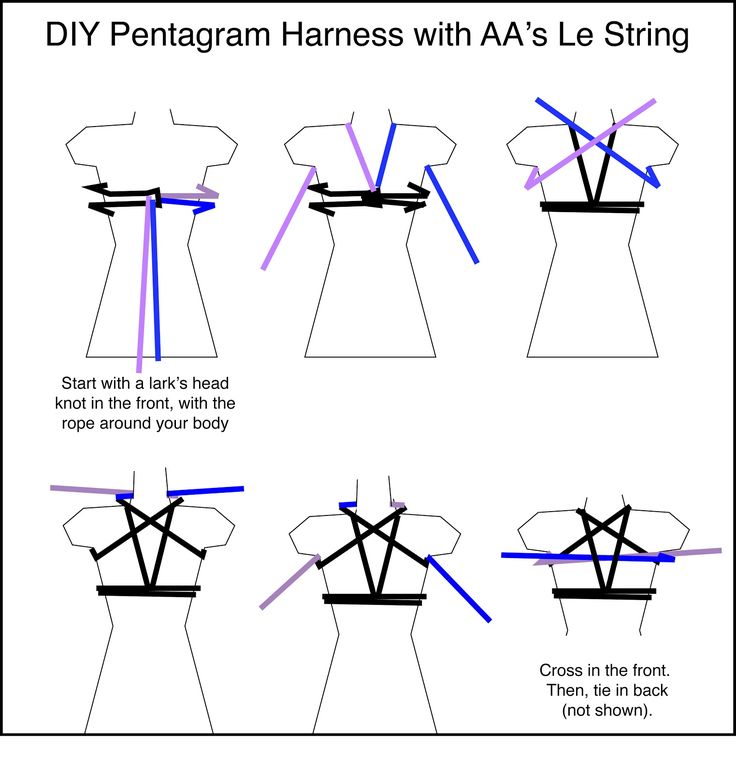Little dots on baby skin
Is It Baby Acne, a Rash, or Something Else?
Even adults can find it difficult to identify their skin issues. Everyone’s skin is different, and the way rashes and acne flare up can vary. Babies can’t tell you what they’re feeling, so you’ll have to go on looks alone.
Read on to learn about some of the most common skin issues that babies face and how you can treat them at home.
Baby acne usually develops about 2 to 4 weeks after birth. Tiny red or white bumps appear on the baby’s cheeks, nose, and forehead. The cause is unknown. It typically clears up on its own in about 3 to 4 months without leaving marks.
To treat baby acne, don’t use any of the over-the-counter acne products you’d use on yourself. These can damage your baby’s delicate skin.
Regular home care should be enough to treat baby acne:
- Wash your baby’s face daily with warm water. You may also try a gentle, unscented soap.
- Do not scrub hard or pinch irritated areas.
- Avoid lotions and oily face products.
If you’re concerned that your baby’s acne isn’t going away, their doctor can recommend or prescribe safe treatments.
Eczema is a skin condition that causes a dry, red, itchy, and sometimes painful rash. It’s more common in children and often develops in the first 6 months of life. The condition can continue as the child gets older, or they may grow out of it.
In babies up to 6 months old, eczema often appears on the cheeks or forehead. As the baby gets older, the rash may move to the elbows, knees, and skin creases.
Eczema flares up when the skin is dry or when the skin comes into contact with an allergen or irritant, such as:
- pet dander
- dust mites
- detergent
- household cleaner
Drooling can also irritate eczema around the chin or mouth.
There’s no cure for eczema, but there are ways to manage your baby’s symptoms:
- Give your baby short, lukewarm baths (between 5 and 10 minutes) and use an unscented or gentle soap on the affected areas.
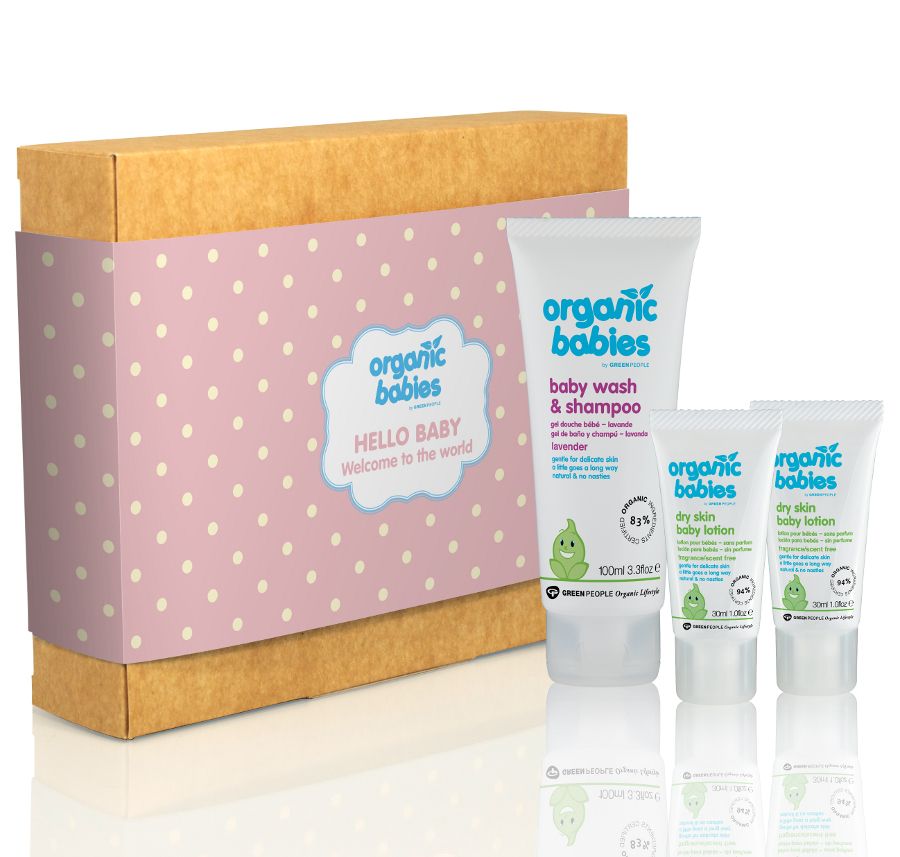
- Use a thick, unscented cream or ointment as a moisturizer twice a day.
- Use fragrance-free laundry detergent designed for sensitive skin.
Your baby’s pediatrician may be able to prescribe a steroid ointment to help reduce inflammation. Use this as directed by their doctor.
Milia are tiny white bumps on a newborn’s nose, chin, or cheeks that look similar to acne. They can also appear on the baby’s arms and legs. The bumps are caused by dead skin flakes becoming trapped near the skin’s surface. Like baby acne, milia go away without treatment.
However, you can use the same at-home care:
- Wash your baby’s face daily with plain water or if needed, an unscented or gentle soap.
- Do not scrub hard or pinch the irritated areas.
- Avoid lotions or oily face products.
Cradle cap looks like scaly, yellowish, crusty patches on the baby’s head. Depending on your baby’s skin tone, the patches may appear yellowish, brown, purple, or grey.
Cradle cap usually develops when a baby is 2 or 3 months old. There may also be redness surrounding the patches. This rash may also appear on the baby’s:
- face
- eyebrows
- neck
- ears
- armpits
Cradle cap is not harmful to your baby. It’s not itchy like eczema. It’ll go away on its own in a few weeks or months without treatment.
Some things you can do at home to manage cradle cap are:
- Wash your baby’s hair and scalp with a gentle shampoo.
- Brush scales out with a soft-bristled hairbrush.
- Avoid washing hair too often, as it’ll dry out the scalp.
- Use baby oil to soften the scales so they’re easier to brush out.
Heat rash is caused when sweat gets trapped under the skin because of blocked pores. It’s usually caused by exposure to hot or humid weather. When a baby gets heat rash, they develop tiny, red, fluid-filled blisters. These can appear on the:
- neck
- shoulders
- chest
- armpits
- elbow creases
- groin
The rash generally goes away within a few days without treatment. However, see your baby’s doctor if they develop a fever or if the rash:
However, see your baby’s doctor if they develop a fever or if the rash:
- does not go away
- looks worse
- gets infected
To avoid overheating, dress your baby in loose-fitting cotton clothing during hot summer months. Take off extra layers if they get too hot in cooler weather.
Hand, foot, and mouth disease (HFMD) is a highly contagious viral infection. HFMD commonly causes blisters or sores to appear in or around the mouth or on the hands or feet. The rash may be seen in one or more of these locations.
The rash looks like red blisters or bumps. As the disease progresses, the sores may crust over. The spots may be harder to identify on darker skin tones.
While it can occur in anyone, it’s more commonly seen in children under 5 years old.
Additional symptoms may include:
- fever
- decreased appetite
- general malaise
- drooling
- irritability
- sore throat
- headache
Because HFMD is a viral infection, there is no treatment. People typically recover within 7 to 10 days.
People typically recover within 7 to 10 days.
Talk with your baby’s pediatrician to determine if you can offer baby acetaminophen (Tylenol) to help make your child more comfortable while they recover. Your pediatrician may also recommend ibuprofen (Motrin) in babies 6 months and older.
A pediatrician may also be able to recommend over-the-counter or prescription topical ointments to help relieve pain from the sores.
Limit acidic or spicy foods, such as citrus, as these can irritate the sores. Instead, offer cold foods, like popsicles, to help soothe sores in the mouth. It’s also important to keep your child isolated and out of care settings until the sores have healed. HFMD is extremely contagious.
These skin conditions are generally harmless and usually go away on their own with little or no treatment. You can help your baby avoid irritating the area by keeping their nails short and putting soft cotton gloves or socks on them at night.
If you’re concerned or feel that your child may require medical intervention, talk with their pediatrician.
What are those bumps on my child's skin?
Diseases & conditions
- Coronavirus Resource Center
- Acne
- Eczema
- Hair loss
- Psoriasis
- Rosacea
- Skin cancer
- A to Z diseases
- A to Z videos
- DIY acne treatment
- How dermatologists treat
- Skin care: Acne-prone skin
- Causes
- Is it really acne?
- Types & treatments
- Childhood eczema
- Adult eczema
- Insider secrets
- Types of hair loss
- Treatment for hair loss
- Causes of hair loss
- Hair care matters
- Insider secrets
- What is psoriasis
- Diagnosis & treatment
- Skin, hair & nail care
- Triggers
- Insider secrets
- What is rosacea
- Treatment
- Skin care & triggers
- Insider secrets
- Types and treatment
- Find skin cancer
- Prevent skin cancer
- Raise awareness
- Español
Featured
How Natalie cleared her adult acneNatalie tried many acne products without success. Find out how a board-certified dermatologist helped Natalie see clear skin before her wedding.
Find out how a board-certified dermatologist helped Natalie see clear skin before her wedding.
This contagious skin disease will usually clear on its own, but sometimes dermatologists recommend treating it. Find out when.
Everyday care
- Skin care basics
- Skin care secrets
- Injured skin
- Itchy skin
- Sun protection
- Hair & scalp care
- Nail care secrets
- Basic skin care
- Dry, oily skin
- Hair removal
- Tattoos and piercings
- Anti-aging skin care
- For your face
- For your skin routine
- Preventing skin problems
- Bites & stings
- Burns, cuts, & other wounds
- Itch relief
- Poison ivy, oak & sumac
- Rashes
- Shade, clothing, and sunscreen
- Sun damage and your skin
- Aprenda a proteger su piel del sol
- Your hair
- Your scalp
- Nail care basics
- Manicures & pedicures
Featured
Practice Safe SunEveryone's at risk for skin cancer. These dermatologists' tips tell you how to protect your skin.
These dermatologists' tips tell you how to protect your skin.
Find out what may be causing the itch and what can bring relief.
Darker Skin Tones
- Skin care secrets
- Hair care
- Hair loss
- Diseases & Conditions
- Acne
- Dark spots
- Dry skin
- Light spots
- Razor bumps
- Caring for Black hair
- Scalp psoriasis
- Weaves & extensions
- Central centrifugal cicatricial alopecia
- Frontal fibrosing alopecia
- Hairstyles that pull can cause hair loss
- Acanthosis nigricans
- Acne keloidalis nuchae
- Hidradenitis suppurativa
- Keloid scars
- Lupus and your skin
- Sarcoidosis and your skin
- Skin cancer
- Vitiligo
- More diseases & conditions
Featured
Fade dark spotsFind out why dark spots appear and what can fade them.
If you have what feels like razor bumps or acne on the back of your neck or scalp, you may have acne keloidalis nuchae. Find out what can help.
Cosmetic treatments
- Your safety
- Age spots & dark marks
- Cellulite & fat removal
- Hair removal
- Scars & stretch marks
- Wrinkles
- Younger-looking skin
Featured
Laser hair removalYou can expect permanent results in all but one area.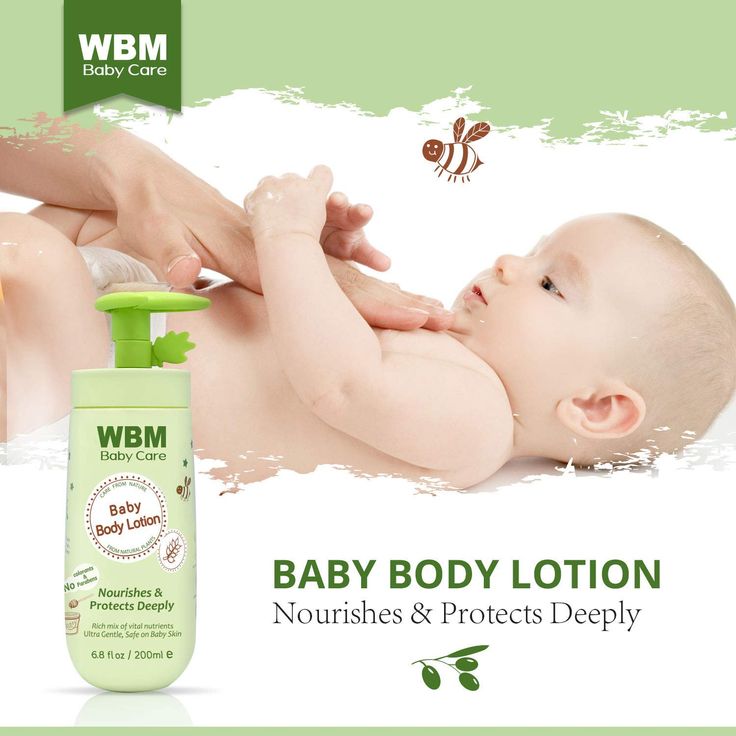 Do you know which one?
Do you know which one?
If you want to diminish a noticeable scar, know these 10 things before having laser treatment.
BotoxIt can smooth out deep wrinkles and lines, but the results aren’t permanent. Here’s how long botox tends to last.
Public health programs
- Skin cancer awareness
- Free skin cancer screenings
- Kids' camp
- Good Skin Knowledge
- Shade Structure grants
- Skin Cancer, Take a Hike!™
- Awareness campaigns
- Flyers & posters
- Get involved
- Lesson plans and activities
- Community grants
Featured
Free materials to help raise skin cancer awarenessUse these professionally produced online infographics, posters, and videos to help others find and prevent skin cancer.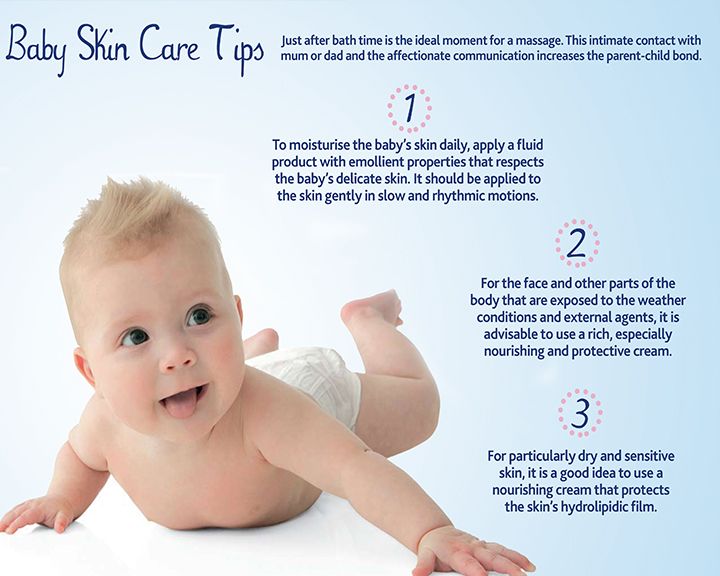
Free to everyone, these materials teach young people about common skin conditions, which can prevent misunderstanding and bullying.
Find a dermatologist
- Find a dermatologist
- What is a dermatologist?
- FAAD: What it means
- How to select a dermatologist
- Telemedicine appointments
- Prior authorization
- Dermatologists team up to improve patient care
Featured
Find a DermatologistYou can search by location, condition, and procedure to find the dermatologist that’s right for you.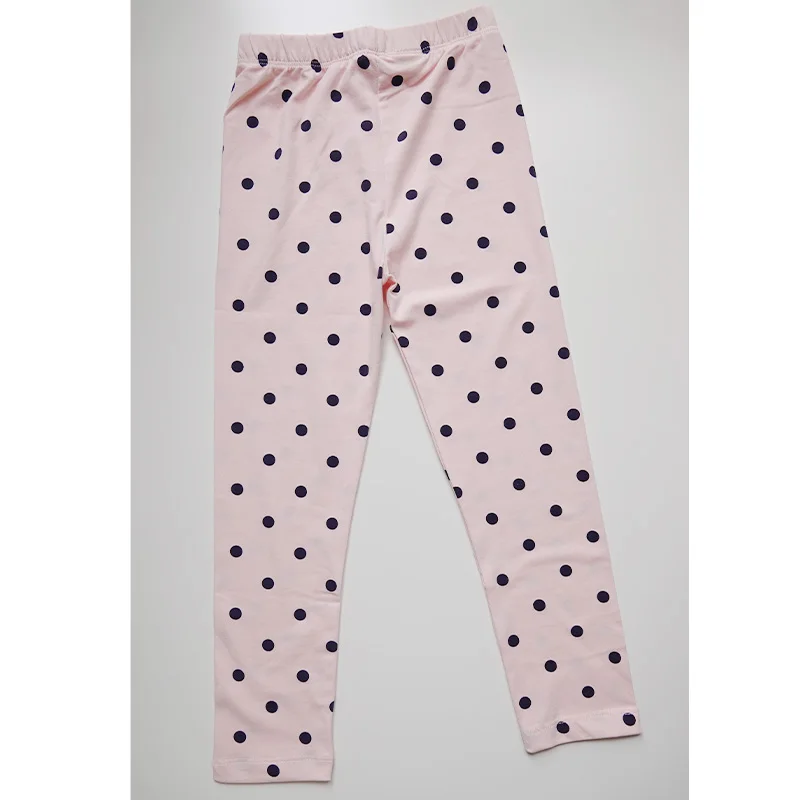
A dermatologist is a medical doctor who specializes in treating the skin, hair, and nails. Dermatologists care for people of all ages.
Rash in a child on the body, legs, back
We treat children according to the principles of evidence-based medicine: we choose only those diagnostic and treatment methods that have proven their effectiveness. We will never prescribe unnecessary examinations and medicines!
Make an appointment via WhatsApp
Prices Doctors
The first children's clinic of evidence-based medicine in Moscow
No unnecessary examinations and medicines! We will prescribe only what has proven effective and will help your child.
Treatment according to world standards
We treat children with the same quality as in the best medical centers in the world.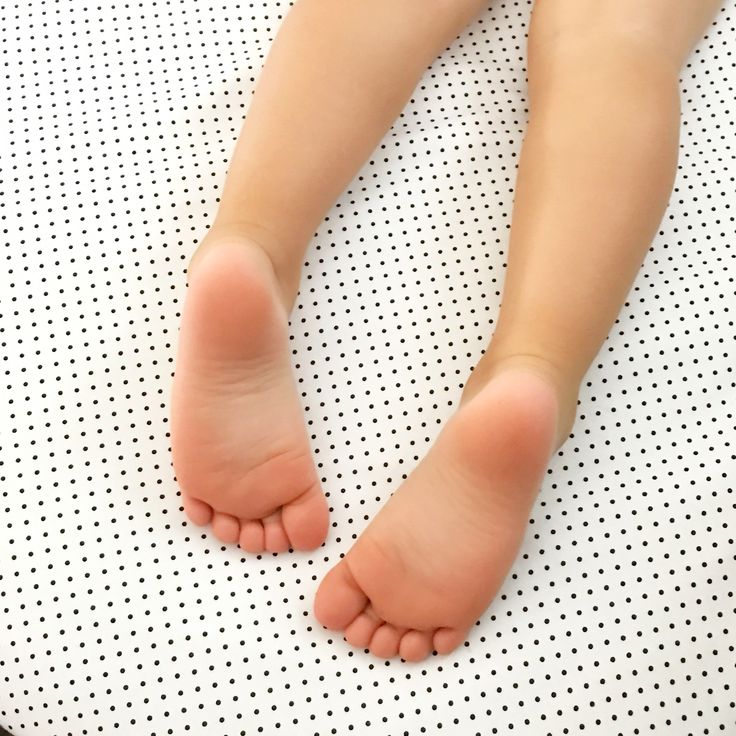
The best team of doctors in Fantasy!
Pediatricians and subspecialists Fantasy - highly experienced doctors, members of professional societies. Doctors constantly improve their qualifications, undergo internships abroad.
Ultimate treatment safety
We made pediatric medicine safe! All our staff work according to the most stringent international standards JCI
We have fun, like visiting best friends
Game room, cheerful animator, gifts after the reception. We try to make friends with the child and do everything to make the little patient feel comfortable with us.
You can make an appointment by calling or by filling out the form on the website
Other Pediatric services
- Pediatrician's consultation
- Child Health Management Program
Frequent calls
- Acute bronchiolitis in children: diagnosis and treatment
- SARS
- Angina streptococcal tonsillitis
- Frequently ill child nine0034
- Intestinal infections
- Pneumonia (pneumonia) in children
- Colic
- Feeding problems
- Prolonged cough in a child: diagnosis and treatment
- Acute bronchitis in children: diagnosis and treatment
- Pneumonia (pneumonia) in children: diagnosis and treatment nine0034
- False croup in a child
- Coxsackie virus in a child
- The child was bitten by a tick! What to do?
Online payment
Documents online
Online services
- nine0079
reasons and what to do about it
Red areas of the skin can be the result of a violation of the rules of care, that is, they can be caused by physiological causes, and also be one of the first symptoms of various dermatological diseases. In order to eliminate redness, you first need to establish the cause of the unpleasant phenomenon. nine0003
In order to eliminate redness, you first need to establish the cause of the unpleasant phenomenon. nine0003
Pathological redness can be caused by an allergic reaction, a symptom of an infectious or autoimmune disease.
In a child, redness of the skin of the hands is often a sign of allergic dermatitis. External signs of this disease are usually localized in open areas of the body: face, hands, neck. In addition to redness of the skin, allergic dermatitis is accompanied by symptoms such as:
Severe forms of allergies include diseases such as eczema and Quincke's edema. With eczema, the skin is a reddened, itchy area covered with crusts or blisters. Angioedema usually occurs as an allergic reaction to insect bites or certain allergens. nine0003
Redness of the skin of the hands in a child can be caused by kidney or liver failure, infectious diseases, or be the result of exposure to detergents, care cosmetics.
Legs
Redness of the skin of the legs, accompanied by a rash, itching and increased dryness, should not be left out of the attention of parents. There may be several reasons for this phenomenon:
There may be several reasons for this phenomenon:
- urticaria or contact dermatitis - red spots are of different shapes and sizes, can merge with each other, causing irritation, severe itching and discomfort; nine0034
- injuries, bruises and sprains - in addition to redness, the child has noticeable swelling;
- fungal infection - redness accompanied by peeling of the skin, the appearance of cracks and severe itching;
- bacterial infections - often resulting from reinfection through scratching and other skin breaks;
- Coxsackie virus, chickenpox, measles.
The appearance of redness on the skin of the legs requires an immediate visit to a doctor - a pediatrician or dermatologist. nine0003
Face and neck
The appearance of red spots on the cheeks usually indicates an allergic reaction. In infancy, the organs of the digestive system can not always successfully perform their function. In addition to redness, the child has nausea, constipation or diarrhea, abdominal pain, problems with appetite, irritability, sleep disturbances.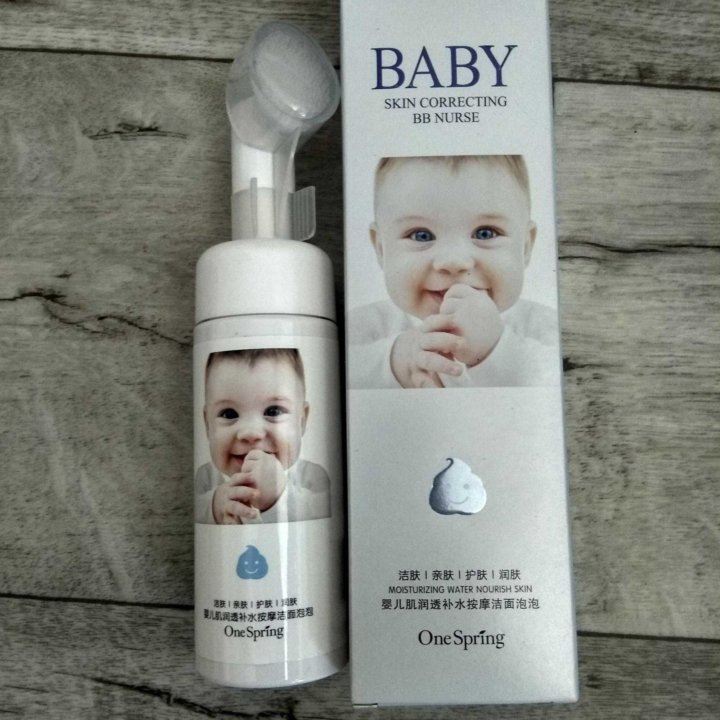
Food allergies are most often caused by cow's milk protein, chicken eggs, fish, honey, chocolate, strawberries, citrus fruits. Allergic reactions often occur when a baby tries a new food for the first time, especially when it comes to exotic fruits. nine0003
In the cold season, the child may experience redness around the mouth. The absence of sebaceous glands in the lips provokes drying, irritation and the appearance of painful points and small wounds.
The reasons for this phenomenon may be:
- allergic reactions;
- decreased general immunity;
- adverse weather conditions;
- deficiency of vitamins in the body; nine0034
- bad habits - eg thumb sucking;
- features of digestion.
Redness of the skin on the face also occurs with seborrheic dermatitis. With this disease, increased dryness and peeling are noted in certain parts of the body. The exact cause of seborrheic dermatitis has not been established, but it usually develops on oily skin and is not associated with allergic reactions or lack of hygiene.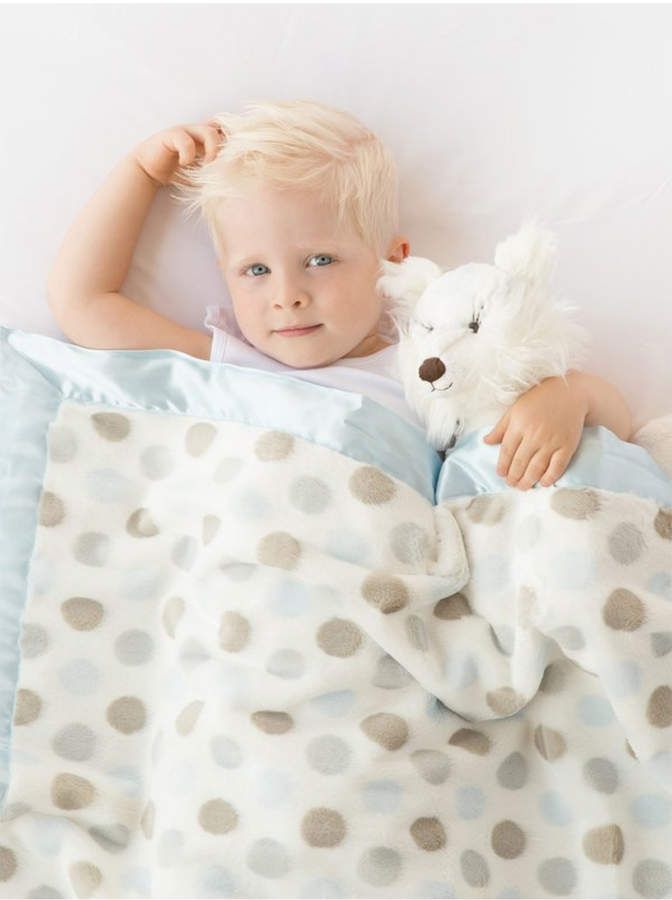
Peeling crusts are usually localized in the scalp, around the wings of the nose, eyebrows, ears, less often on the child's body. nine0003
Seborrheic dermatitis can appear at any age, this physiological deficiency is often observed in infants. Usually, the crusts do not present discomfort to the child and can be regarded mainly as an aesthetic defect. The scaly growths and redness do not cause pain or irritation and often go away on their own without treatment. It is believed that the cause of their appearance are maternal hormones transmitted to the child.
To eliminate crusts from the baby's head, before washing the affected area is smeared with vegetable oil, and then the hair is washed with a mild baby shampoo. nine0003
In order to eliminate redness and its accompanying symptoms, it is necessary to establish the cause of the phenomenon.
Buttocks
Redness of the skin on the pope in a child is the result of diaper rash (diaper dermatitis). The skin turns red in the perineum or in the folds, where moisture accumulates the most. Usually the baby reacts negatively to touch when changing a diaper, washing after a bowel movement.
The skin turns red in the perineum or in the folds, where moisture accumulates the most. Usually the baby reacts negatively to touch when changing a diaper, washing after a bowel movement.
An increased risk of diaper rash on the buttocks occurs when there are violations in the digestive system. Frequent rare stool irritates the delicate skin of the baby, causing redness of the skin. In this case, a review of the child's nutrition system can help. nine0003
The reasons for the appearance of redness of the buttocks in a baby can be:
- wrong diaper;
- fever in the room when the child develops prickly heat;
- taking certain medications;
- transition to a new milk formula;
- incorrect selection of detergents and cosmetics for skin care;
- urticaria;
- fungal diseases. nine0034
If redness is not associated with physiological causes, the child should be shown to the doctor.
Redness and irritation diagnostic
Since the appearance of red patches of skin can be caused by a huge number of reasons, the diagnosis of this problem is of great importance. Depending on the cause of the disease, a pediatrician, dermatologist or other specialist will choose the most effective treatment methods.
Depending on the cause of the disease, a pediatrician, dermatologist or other specialist will choose the most effective treatment methods.
In the course of diagnosis, data from an external examination of the child are used. At the same time, attention is paid to the localization of redness, spots and rashes, their size, shape and severity of manifestation. nine0003
Based on the results of the examination, it is recommended to conduct laboratory and instrumental studies. The patient is prescribed general and biochemical blood tests, allergy tests are performed to determine the allergen. If the reddening of the skin in a child is caused by infectious diseases, diagnostic measures are aimed at identifying the causative agent of the infection for the purpose of surgical treatment.
If a fungal infection is suspected, a skin scraping is taken for further examination under a microscope. nine0003
If redness is caused by physiological causes, parents are given recommendations on how to organize the child's nutrition and care procedures.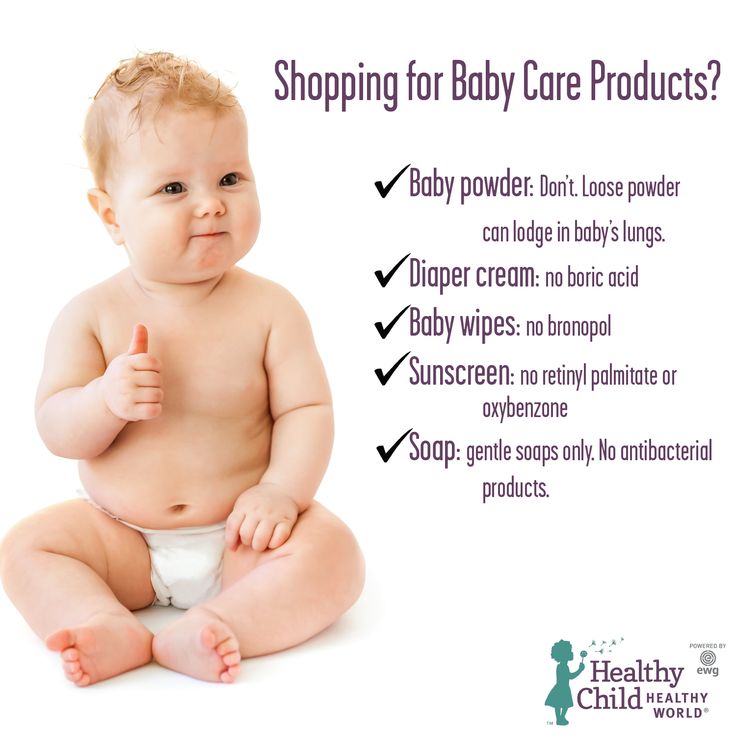 These measures will minimize not only redness, but also other negative reactions from the skin, such as excessive dryness, irritation and roughness.
These measures will minimize not only redness, but also other negative reactions from the skin, such as excessive dryness, irritation and roughness.
The treatment of redness as part of the symptoms of various diseases, first of all, is aimed at eliminating the cause that causes this phenomenon. It also aims to ensure that negative skin reactions that cause discomfort to the child are eliminated as soon as possible. nine0003
Prevention of redness and skin irritation
Negative reactions from the skin in childhood are rarely caused by serious diseases and in most cases this problem can be solved by timely treatment and preventive measures.
Prevention of atopic dermatitis:
- adjust the child's diet, exclude foods that cause negative reactions in the body; nine0079 moisturize the skin with hypoallergenic cosmetics;
- eliminate or minimize environmental allergens - pets, synthetic clothing, certain foods, harsh detergents;
- regularly carry out wet cleaning of the premises;
- for washing clothes and baby diapers, use special products.

In order to prevent the severe course of diseases caused by viral, bacterial or fungal infections, it is necessary to detect diseases in a timely manner and carry out appropriate treatment. nine0003
It is possible to prevent the appearance of redness and irritation of the baby's skin caused by diaper rash, subject to the following recommendations:
- bed linen and clothes of the child must be made only from natural, well-breathing fabrics;
- regularly change the baby's diapers or swaddling clothes, do not allow the baby to stay wet for a long time;
- after each bowel movement, the baby should be washed with warm water; nine0079 while bathing, it is recommended to add decoctions of string or chamomile to the bath;
- from time to time the baby should be left undressed on the changing table for air baths;
- only products intended for sensitive skin can be used while bathing;
- use soft towels to dry the body after washing, do not rub the skin;
- powders and care oils are used separately; nine0034
- ensure that the child is not deficient in vitamins.
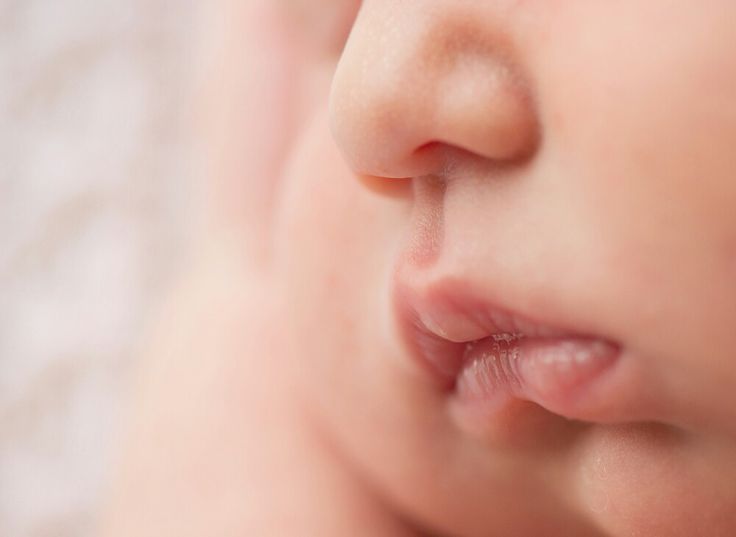
To prevent allergic reactions, in which redness and irritation of the skin occurs, care must be taken when introducing new complementary foods. You can not introduce several products into the baby's diet at once, you need to start with vegetable or fruit purees. A new product is given in a limited amount (for example, a teaspoon) and the body's reaction is monitored. In the absence of allergies, the amount of the product is increased. nine0003
Of great importance in prevention belongs to walks in the fresh air. With the child you need to walk daily for 2-3 hours. During the heating period in the room, it is important to prevent the air from drying out. To do this, it is recommended to use special humidifiers or at least put a container of water in the room.
If redness, itching, skin irritation still occur, in addition to general treatment, it is necessary to use special cosmetics with effective local action. Their use is aimed at the rapid elimination of external manifestations of allergies and other diseases.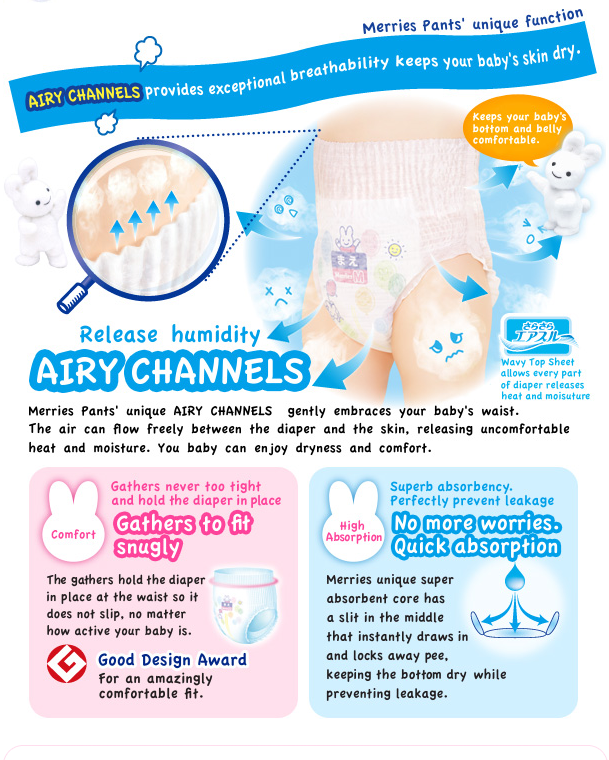 nine0003
nine0003
Irritants
You can quickly eliminate redness and irritation of the skin in a child with the help of emollients. The active substances in these cosmetic products help to soften, moisturize, relieve inflammation and regenerate the skin.
Emollients that are suitable for sensitive and delicate skin at any age are presented in the Emolium cosmetic series. Their regular use allows you to successfully deal with such phenomena as excessive dryness, roughness, inflammation and redness of the skin. Leading dermatologists and pediatricians took part in the development of the Emolium series. nine0003
Emolium products are successfully used in skin care prone to such diseases as atopic dermatitis, urticaria, seborrheic dermatitis. They can be recommended for children whose skin is prone to rashes, blisters and crusts.
Moisturizing the skin and maintaining its water-lipid barrier is of great importance. To do this, use the bathing emulsion of the Emolium series.